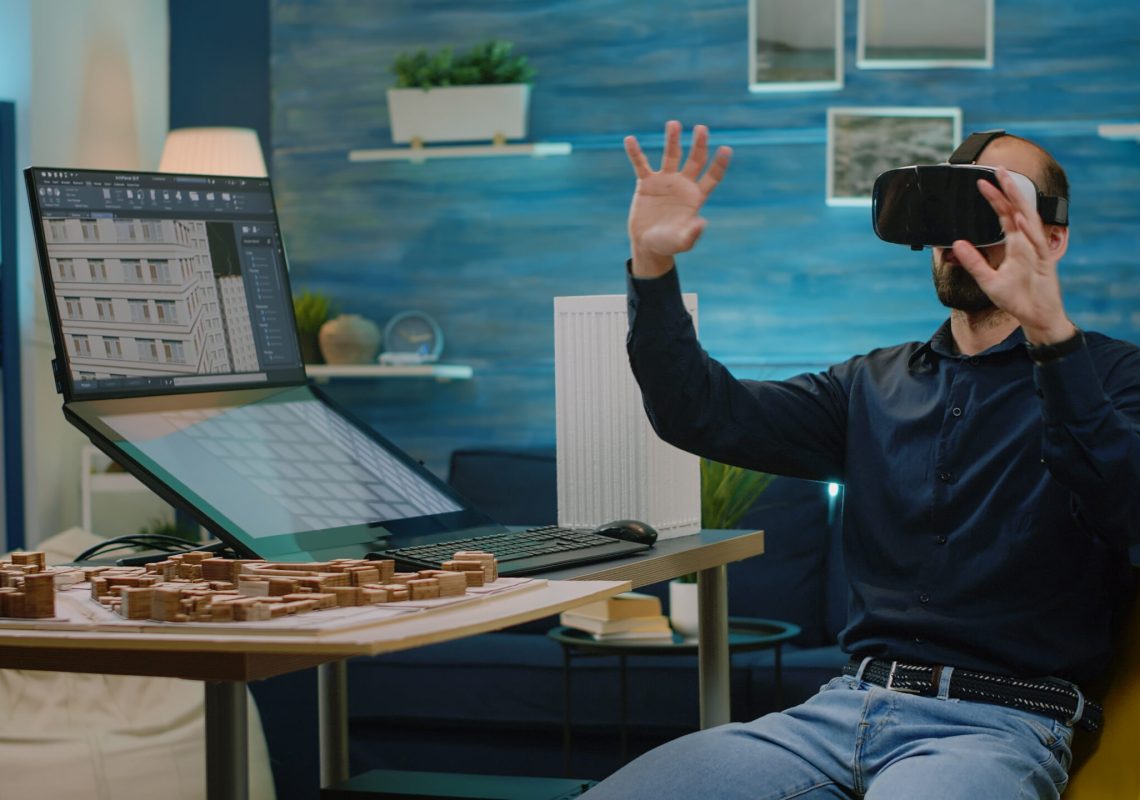1. Augmented Reality (AR) in Game Development and Branding
What is AR?
Augmented Reality (AR) superimposes virtual elements—such as images, sounds, and data—onto the real world. By blending the tangible and the virtual, AR enhances users’ perception of reality. Here’s how AR impacts both game development and branding:
Benefits of AR in Game Development:
- Unparalleled Immersion:
- AR transports players beyond the confines of the screen, enveloping them in a rich tapestry of sights and sounds.
- Imagine battling virtual creatures in your living room or solving puzzles on your kitchen table—the possibilities are endless.
- Inventive Gameplay Mechanics:
- Developers can craft imaginative gameplay mechanics that leverage real-world interactions.
- For example, an AR game might encourage players to explore their physical environment to discover hidden treasures or solve mysteries.
- Emerging Market Opportunities:
- AR games cater to a burgeoning market of tech enthusiasts seeking innovation and novelty.
- As AR hardware improves (think AR glasses), the potential for captivating experiences grows exponentially.
- Enhanced Learning Platforms:
- Educational games harnessed by AR offer dynamic, interactive learning environments.
- Students can dissect virtual frogs, explore historical landmarks, or simulate scientific experiments—all within their surroundings.
- Social Interaction Revolution:
- Multiplayer AR games foster unprecedented forms of social interaction.
- Players collaborate and connect in innovative ways, bridging physical distances and creating shared experiences.
AR in Branding:
- Interactive Advertising:
- Brands can create AR experiences that engage consumers directly.
- Imagine trying on virtual makeup, visualizing furniture in your living room, or virtually test-driving a car—all through AR.
- Product Visualization:
- AR allows customers to see products in their real environment before making a purchase.
- Brands can showcase how their products fit into consumers’ lives, enhancing the shopping experience.
- Storytelling and Engagement:
- AR campaigns can tell compelling brand stories.
- Brands can use AR to immerse consumers in their history, values, and mission.
2. Virtual Reality (VR) in Game Development and Branding
What is VR?
Virtual Reality (VR) immerses users in entirely computer-generated environments. Through specialized hardware like headsets and controllers, VR transports participants to lifelike parallel universes. Here’s how VR impacts both game development and branding:
Benefits of VR in Game Development:
- Total Immersion:
- VR replaces the physical world with an entirely digital one, offering an escape from reality.
- Gamers step into fantastical realms, interact with objects, and engage with characters as if they were physically present.
- Engaging Storytelling:
- VR enables developers to create compelling narratives by placing players directly within the game world.
- Imagine being the protagonist in an epic fantasy adventure or a detective solving crimes in a noir-inspired city.
- Physical Interaction:
- Full-body participation in VR allows for unique gameplay mechanics.
- Swing a sword, dodge bullets, or climb mountains—all through intuitive physical movements.
- Health and Wellness Applications:
- Beyond gaming, VR finds applications in therapy, fitness, and stress reduction.
- Users can practice mindfulness, conquer fears, or engage in virtual workouts.
VR in Branding:
- Virtual Experiences:
- Brands can create virtual showrooms, allowing customers to explore products in a VR environment.
- Imagine virtually touring a luxury hotel or test-driving a high-end car.
- Brand Immersion:
- VR experiences can deepen brand loyalty by immersing consumers in the brand’s ethos.
- Brands can host virtual events, product launches, or behind-the-scenes tours.
In conclusion, AR and VR are shaping the future of both game development and branding. Whether enhancing reality or transporting us to alternate dimensions, these technologies promise exciting adventures and endless possibilities.




